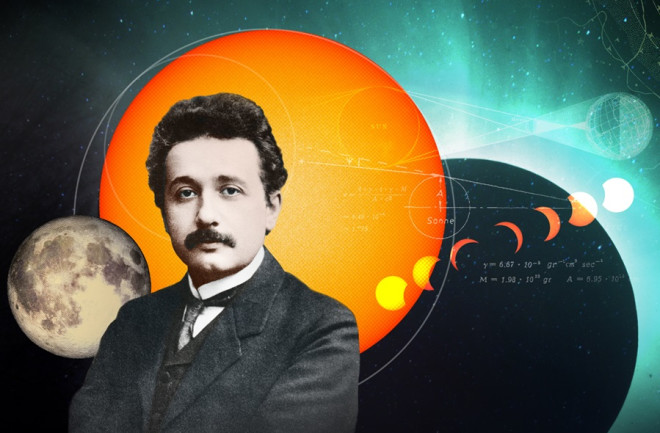A hundred years ago, Albert Einstein wasn’t a household name. He was a professor in Berlin, known to scientists, intellectuals, his divorced wife and the first cousin who would soon become his second wife — but not to the world.
His rise to superstardom began on May 29, 1919, when the moon and sun lined up just right for a solar eclipse. Photos of the astronomical event showed something strange: A few of the stars visible during the blackout were in the wrong place.
Einstein had foreseen this. Using his theory of general relativity, he made the seemingly crazy bet that the stars’ positions in the sky would shift during an eclipse, and even calculated by how much.
“Stars moved by exactly the amount general relativity predicted,” says Mark Hurn, a departmental librarian at the University of Cambridge’s Institute of Astronomy. “It was the first experimental evidence for general relativity being on the right track.”







